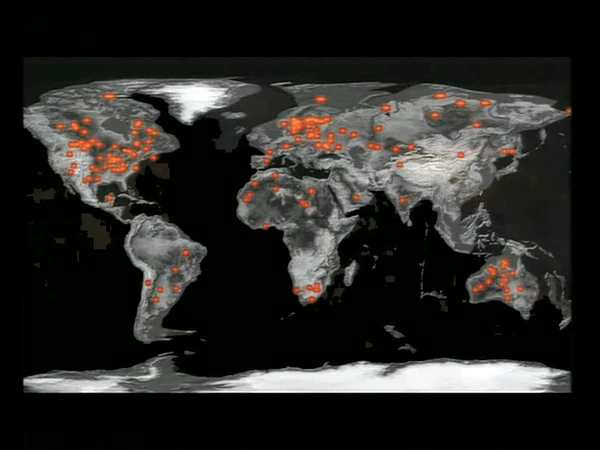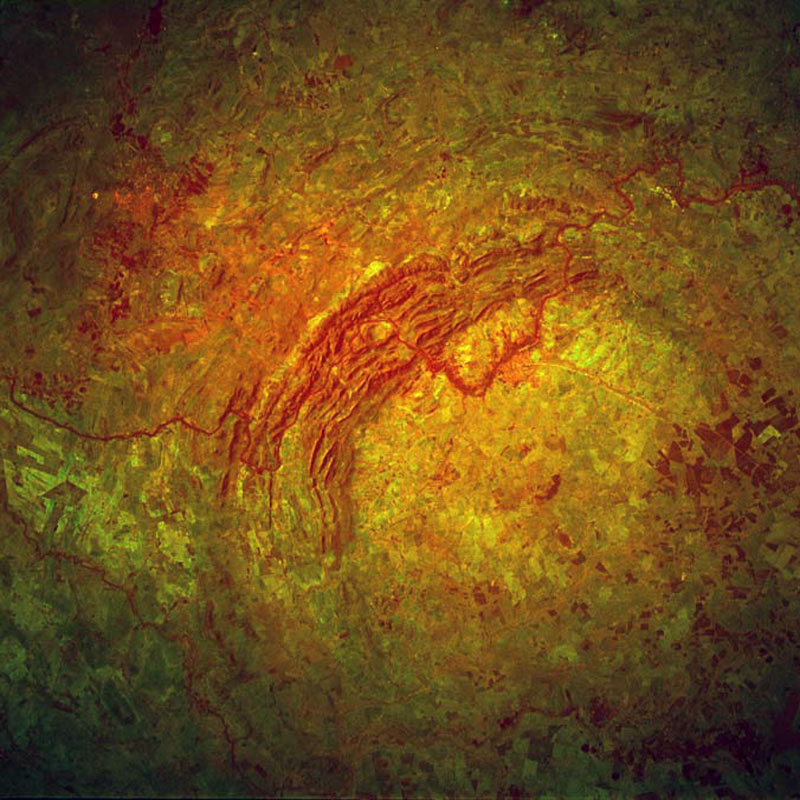
With space exploration, we have seen that most planetary surfaces are dotted with craters. The Earth, like other objects in the solar system, has been bombarded at the same rate by celestial bodies of varying sizes. Every day, 100 to 300 tons of cosmic dust (micrometeoroids) fall to Earth. An asteroid with a diameter of 350 meters hits the Earth once every 16,000 years or so, and an asteroid with a diameter of 75 meters hits once every 1,000 years.
These collisions with celestial objects create impact craters on the surface of terrestrial planets like Mercury, Venus, or Mars. If we do not see impact craters very well on Earth, it is because they have been eroded over time, but they have not disappeared; we still find them today.
Five new sites are discovered every year. Richard Grieve of the Geological Survey of Canada has classified with his team the impact craters by age class. The number of impact craters is 169, and he estimates that there are 5,000 craters left to be discovered.
Note: Large craters often have a central uplift surrounded by the crater itself. The uplift forms by "rebound" of the ground following the impact, and its diameter is generally equal to 20% of the total diameter. The crater rims are very often collapsed, with landslides along circular faults.

The Giant Crater of Vredefort in South Africa is the largest impact crater on Earth, with a diameter of 300 km. Numerous gold mines have been detected on the crater site, which alone provides half of the world's gold production.
The Giant Crater of Sudbury in Canada hides one of the largest nickel deposits among the most important in the world.
The Popigai Crater in Russia is rich in diamonds.
By fracturing the rock, impacts favor the storage of the most diverse deposits, such as oil or gas, which accumulate in the faults caused by the gigantic shock. Over time, enormous reservoirs have formed in the fractures beneath the Earth's surface.
Although meteorite impacts have often destroyed life, they have also stored resources that are indispensable to human evolution today.